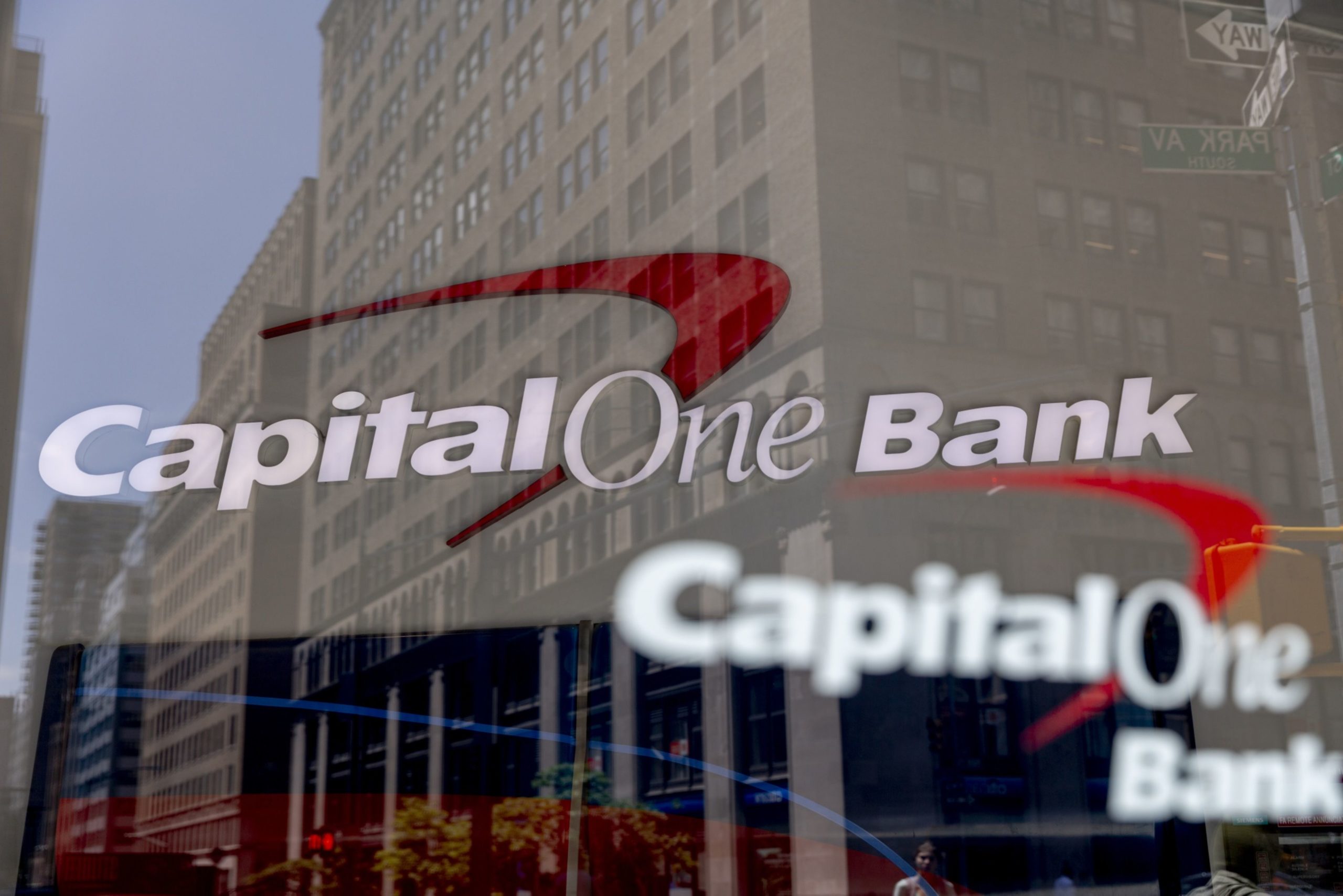Blockchain Is Perfectly Suited for Banking, But Banking Is Not Ready for Blockchain, McKinsey Says
Blockchain‘s future in banking is bright, but right now, the industry is not prepared to take advantage of what the technology offers, according to a new McKinsey report on blockchain’s viability across various industries.

The report, released last week, describes blockchain’s suitability for financial services in this way:
Financial services’ core functions of verifying and transferring financial information and assets very closely align with blockchain’s core transformative impact. Major current pain points, particularly in cross-border payments and trade finance, can be solved by blockchain-based solutions, which reduce the number of necessary intermediaries and are geographically agnostic. Further savings can be realized in capital markets post-trade settlement and in regulatory reporting. These value opportunities are reflected in the fact that approximately 90 percent of major Australian, European, and North American banks are already experimenting or investing in blockchain.
The report cites government and healthcare as the other two industries that can benefit most from blockchain, mainly due to record-keeping requirements. The report also notes the immediate advantages of blockchain is cost savings, and that other benefits, such as a digital identity management, which presumably would span the industries covered, remains in the future.
But when the report breaks down industry readiness to implement blockchain, financial services scores poorly, receiving the lowest score (“Limited”) for Technology, Standards & Regulations, and Ecosystem, as illustrated in the graph at right.
A March 2018 Citigroup report on the Bank of the Future also assessed blockchain and cryptocurrency in financial services, though it focused on cryptocurrencies as an asset class rather than blockchain as an enabling technology. Still, the report similarly concluded blockchain’s main value in the immediate future would be cost savings. That’s fine for internal processes, but for transactions, blockchain may mean price compression for the banks involved.
The McKinsey report mentions bitcoin only as a negative, a constraint on blockchain:
The relative immaturity of blockchain technology is a limitation to its current viability. The misconception that blockchain is not viable at scale due to its energy consumption and transaction speed is a conflation of Bitcoin with blockchain. In reality, the technical configurations are a series of design choices in which the levers on speed (size of block), security (consensus protocol), and storage (number of notaries) can be selected to make most use cases commercially viable. As an example, health records in Estonia are still in databases “off chain” (meaning not stored on blockchain), but blockchain is used to identify, connect, and monitor these health records as well as who can access and alter them. These trade-offs mean blockchain performance might be suboptimal to traditional databases at this stage, but the constraints are diminishing as the technology rapidly develops.












